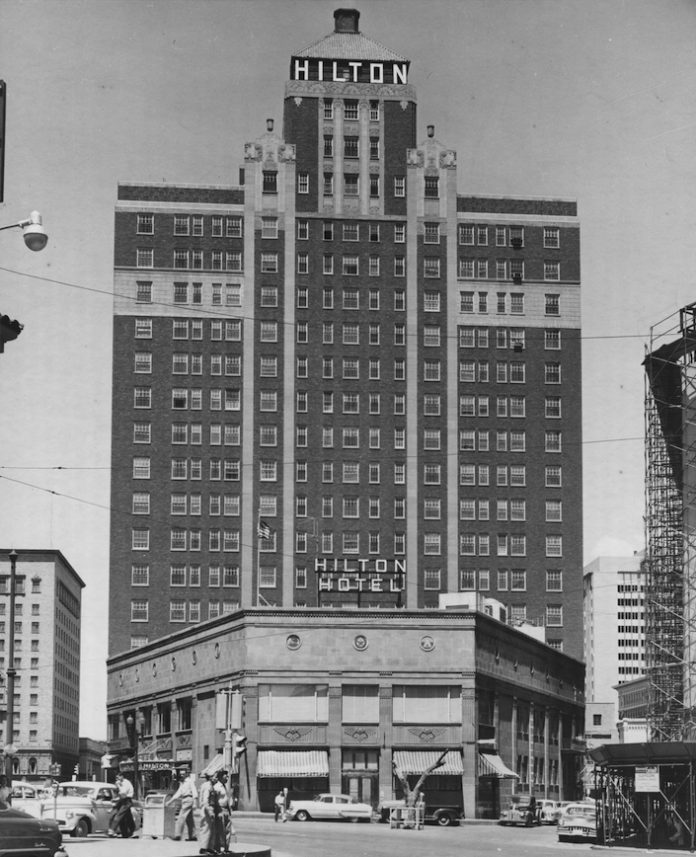
The lodging sector is currently getting pummeled. Amidst an economic downfall, there are fewer travelers and resort and convention business almost all but evaporated. Things are dire, but history teaches us that it could still be worse.
History also tells us that it is possible to survive this pandemic. The era of the Great Depression saw over 80 percent of hotels across the country bankrupted. Even once the Great Depression ended, it would take many years for banks and financial institutions to again loan money for hotel construction and development.
A prominent example of resilience and survival during bleak economic times is Conrad Hilton. Hilton had rapidly expanded his Hilton hotel chain from one property in Dallas (1925) to nine hotels across Texas. He wrote that his goal was to add at least one new hotel every year. Some years, he added two. He eventually wanted to have a chain of hotels across the nation, maybe even adding some international properties. Like the rest of the country, the Texas economy was booming in the 1920s and banks were more than willing to finance Hilton’s development program. He received letters from people across the state asking if he would build a hotel in their city or town, often with the promise of generous financial terms.
Two weeks before the crash of 1929, Hilton announced his plans to build a new hotel in El Paso. The hotel would be the most luxurious hotel that Hilton had built to date, designed by leading southwestern architect Henry Trost with a large, two-story open lobby. Guests could expect all the modern conveniences of that era, ceiling fans, radios, hot and cold water for the bathrooms, and—a Hilton-touch in that pre-air conditioner era—no guestrooms would face the west in the summer, reducing the effects of daytime heating. Hilton was confident that his chain would continue on its fast growth trajectory, but by the time the hotel opened in 1930, however, the Depression was well under way.
For Hilton and most other hoteliers, it was tough to find paying guests. No matter how nice and new his hotels were, there were not enough money to pay the bills because no one was traveling. Companies had drastically cut back on—if not completely suspended—business travel. To cut costs, Hilton closed off entire floors, ripped out phones, and even cut back on pens and stationary. He moved his family out of their Dallas home to a suite in the El Paso hotel to save money. It still wasn’t enough. Hilton decided to pursue what would turn out to be a disastrous merger with a hotel insurance conglomerate, but before he could even travel to make that deal, he had to borrow $300 from one of his bellboys. The banks and financial firms that were all so willing to lend Hilton money in the past now turned him down.
As the Depression ticked by, Hilton lost control of all but one of his hotels, the El Paso Hilton, which he was able to just barely hold on to. With six investors, one being his mother, Hilton raised the $30,000 needed to retain his ownership. It was from this lone hotel in El Paso that Hilton clawed his way back, eventually reclaiming some of his lost properties. Soon, he was buying distressed hotels in California and eventually in New York. By then, Hilton was well on his way to becoming a legendary hotelier.











